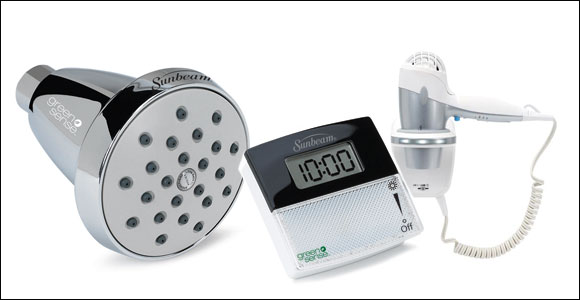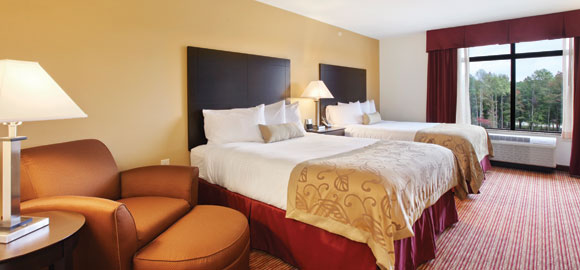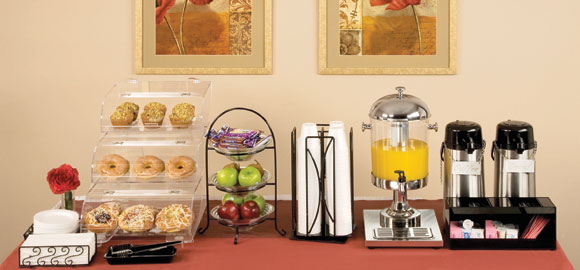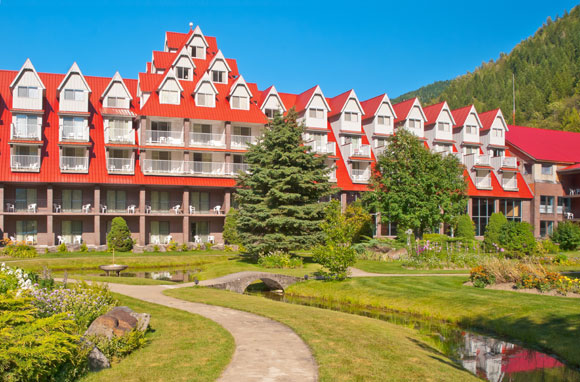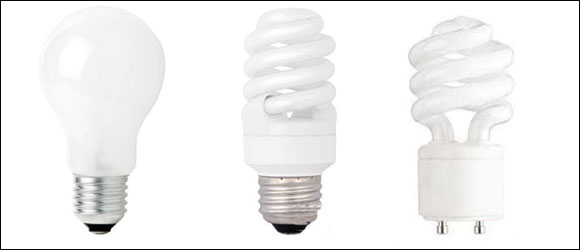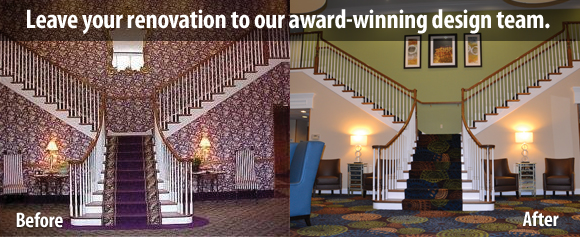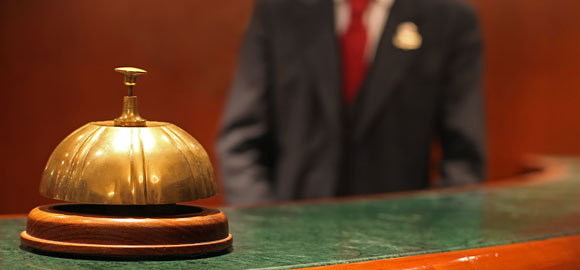
Some service mistakes by front desk staff are universal. Some are unavoidable. Some are amusing. But they can all have disastrous effects.
While it’s always important to look back on our own mistakes and make corrections for the future, it also helps to look at others’ mistakes and learn from them.
In this post, we will look at some common hospitality mistakes so you can make sure your future isn’t condemned to repeat someone else’s history. Some of these are general mistakes, others are much more specific, but they are all equally important to consider.
Mistake #1: Failure to give adequate praise, thanks, recognition, or appreciation to the team
Your hospitality team consists of many individuals with many assigned tasks who are the face of your venue. Keeping them happy means keeping guests happy. Remember, a person can build a team, but he cannot buy one. Plan surprises for your staff, have a bonus system in place, and give constant thanks and praise.
Another mistake under this umbrella is: “Failure to provide the team with goals, personal accountability, performance evaluations, and feedback.”
Provide annual performance evaluations. Have regular and productive staff meetings, involve the team in the goal-setting process, and consider hiring someone to help you do this. Reward great performance and watch great performance repeat.
Mistake #2: Not hiring the “right” people and keeping the “wrong” people instead
Create an environment that fosters and promotes personal and professional development. Identify a list of characteristics and traits you want to see in your personnel and seek those out during the hiring process. To avoid having employees who do not fit into your culture, avoid desperate hiring and learn to recognize negative personality traits that may affect other staff members and guests. Also, consider testing (IQ and/or personality) during the hiring process.
Mistake #3: Failure to establish an organized and effective marketing plan
Having a marketing committee that meets regularly to discuss, plan, and implement marketing strategies is imperative. Go to meetings, ask others so you learn more, and consider hiring marketing consultants to help you. This is common knowledge to a lot of people out there, but others try to get by with little or no marketing. Little or no marketing almost always leads to little or no business.
Mistake #4: A poor or negative attitude exhibited by anyone – especially a manager
Most of us know that a big ego and arrogance do nothing for anyone except turn others away. Set a good example and create an environment where employees feel able to admit their weaknesses and mistakes to you and the team. Doing this not only nurtures a better working environment for employees internally, but externally they will work and deal much more effectively with customers.
Mistake #5: Failure to use the guest’s name
As people, we like to be treated as people. Sounds simple, easy, and obvious, right? But failure to use a person’s name – a respectful acknowledgement of who they are – can make guests feel like objects and not appreciated.
Mistake #6: Failure to acknowledge a waiting guest
The idea from mistake #5 is similar here: As people, we like to be treated as people. Most of us have stood unacknowledged in a line or at a desk and have despised that feeling – so why would we do that to others? Even if your staff is busy, train them to acknowledge waiting guests.

